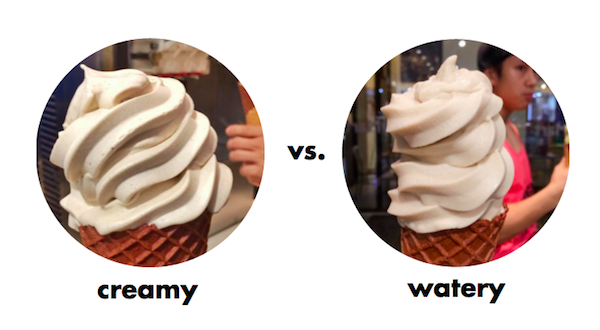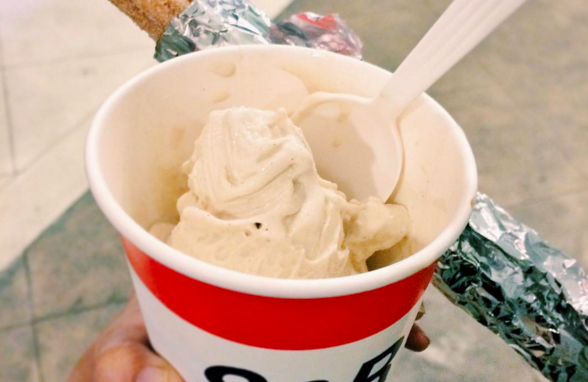Family mart ice cream is a pretty common snack for us especially when we’re running low on fat macros. The more affordable ice creams are usually water-based since it’s cheaper to produce, so we usually prefer those over the high-fat varieties because we’d rather use up our fat macros on other things (pizza cough and fish and nuts and
all that yes yes).
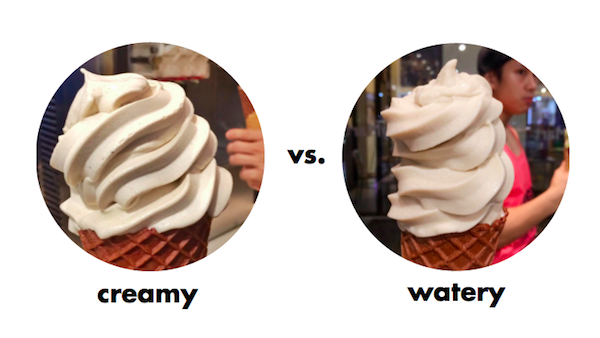
How to Track Family Mart Ice Cream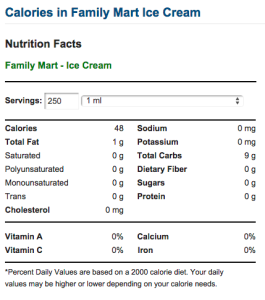
There are days when the ice cream is smooth, thick and creamy, which indicates a higher fat content. On those days, we use the MyFitnesspal macros and then we just add 5-7 grams of fat to account for any discrepancies. If the ice cream is less stiff and appears to have crystals, we use the MyFitnessPal macros as is.
If you’re having trouble figuring out the texture, here are other methods of gauging its fat content:
1. The time it takes to start melting
Creamier formulas take longer to melt and will hold their shape. It will usually start melting and dripping only after a good 5 minutes. Also, creamier formulas, even once they’ve melted a bit, won’t start to drip right away.
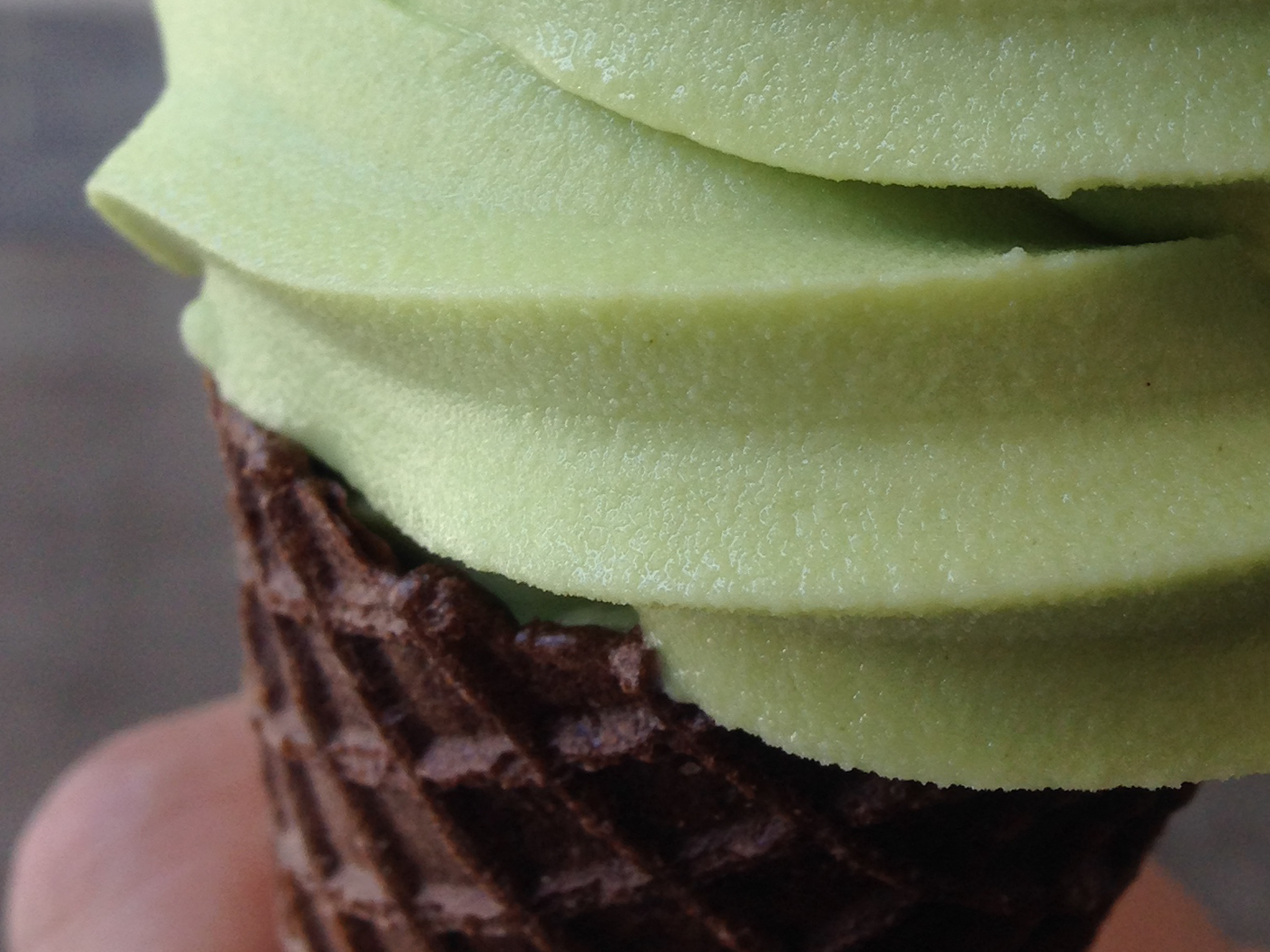
Watery formulas will start to melt and drip down the cone in around 3 minutes. You should more or less notice right away as you dispense the ice cream for the machine if it’s watery or not because the initial spurt is usually very liquid-y. Also, once the ice cream has more or less melted, it will leak through the cone and onto your unsuspecting lap.
Everything past this point is overachiever status (as in not really necessary unless you’re on poverty macros):
2. Blow on it
The heat from your breath should melt enough of the top layer for you to be able to assess the viscosity of the liquid. Is it rippling like in the video? How quickly did it start to melt? Did it start to drip right away? Did it get shiny on the surface?
3. Touch it
Touch it??? Yes, you erd. Fat/oil is slippery to the touch. Touch a stray drop and rub it in between your fingers. The more slippery it is, the more fat there is. The less slippery, the less fat there is. Also, you can use this technique to more or less gauge the sugar content. If it gets sticky right away, there’s a lot of sugar. If it takes a few rubs to get it to dry up and get tacky, then there’s not too much sugar.
4. BYOC – Bring your own cup
Family mart doesn’t allow dispensing ice cream directly into a cup, nor do they distribute plastic spoons to those who purchase ice creams. But if you’re really crafty, you’ll bring your own cup—preferably one with measuring lines—so that you can be more accurate with the volume of your ice cream. Just dispense the ice cream directly into the cone and then dump it into your cup immediately after you’re done twirling.
For the poverty macros
Obviously not everyone’s going to take this approach to simple ice creams, but if you’re on poverty macros and don’t have a lot of macros to spare, these little tricks can come in handy. Hopefully you guys can take the basic principles mentioned above and apply it elsewhere. It doesn’t even have to be family mart ice cream. These techniques can be applied to other brands as well.
The point of all this is to help people understand the composition of food, and how to guesstimate the macro content of something that doesn’t have a nutrition label. Even if you don’t track macros/calories, you may be interested to see how much sugar or fat is in your ice cream.
 FITME.PH Fitness + Lifestyle + IIFYM
FITME.PH Fitness + Lifestyle + IIFYM
